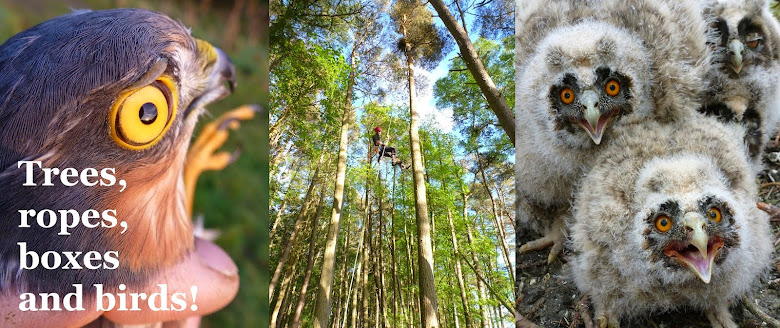Snowy owls are distinctive and amazing birds living far north of the tree line in the latitude 60° north. Known to defend their nests against wolves, they have been estimated to eat around 1,600 lemmings a year each, and that's a lot of lemmings! For such a large bird it might be surprising to learn that so little was known about their winter movements however, this is all changing. Now Snowy owls are being tracked in great detail in "the most ambitious attempt ever to understand the winter ecology of Snowy Owls".
Credit: David Hemmings of NaturesPhotoAdventures
ProjectSNOWstorm is a fantastic collaboration between dozens of scientists and organizations and studies in great depth the dynamics of snowy owl movements and gives updates and maps of the movements of this often nomadic owl showing the great distances they can travel. Some owls seem very settled in their home area whereas others "...roam across hundreds of miles in a few weeks..." and ProjectSNOWstorm's data shows that "some snowy owls move out onto the frozen surface of the Great Lakes for weeks or months at a time, apparently hunting for waterfowl using the cracks that open and close endlessly between immense, wind-driven sheets of ice." Some even head north when the big freeze comes, "spending the winter on the frozen Arctic Ocean".
With permission of ProjectSNOWstorm
Doodle-like tracks on Hudson Bay show where a snowy owl was riding an
iceberg, pushed in great loops by wind and tide. (Project SNOWstorm and
Google Earth).
Credit: Bert de Tilly






































































